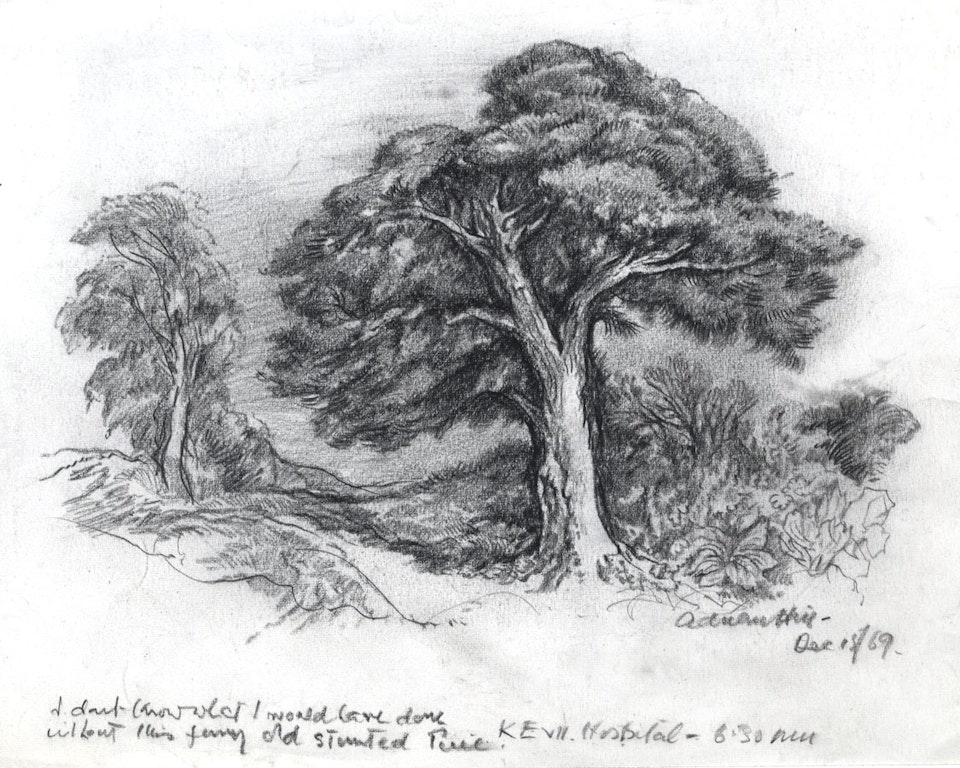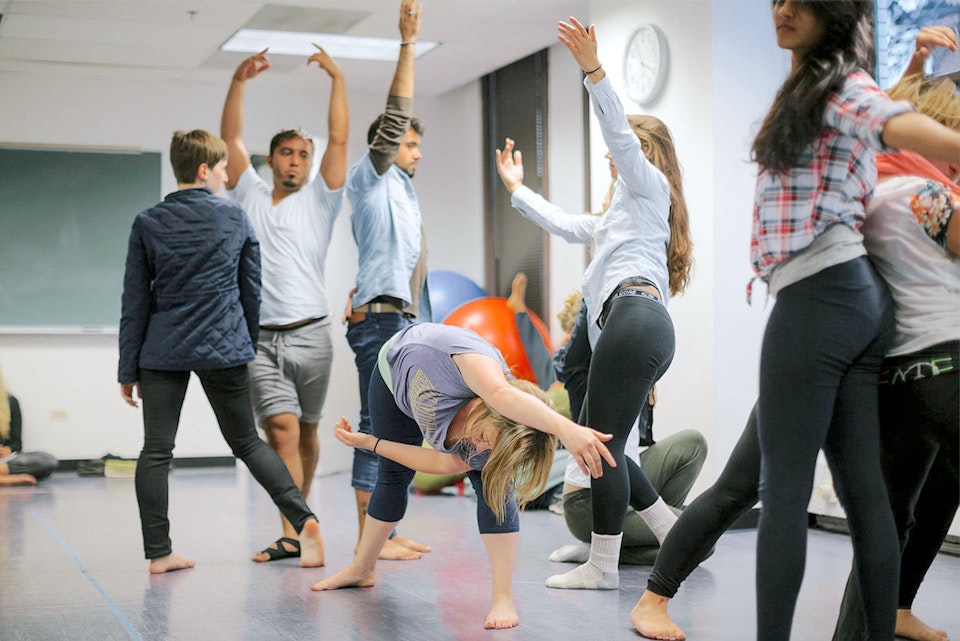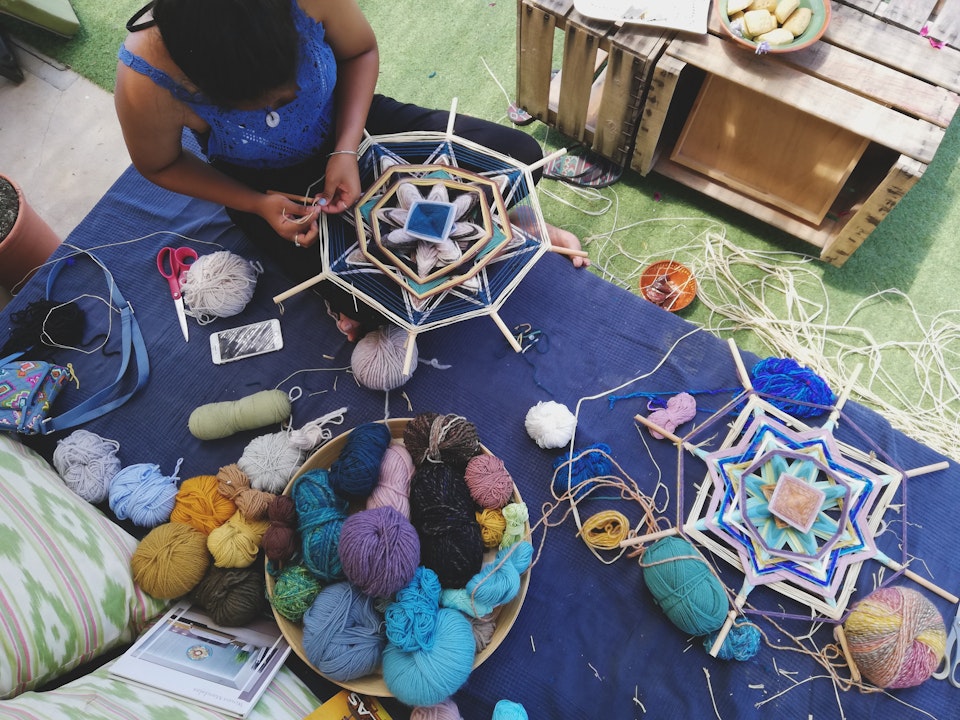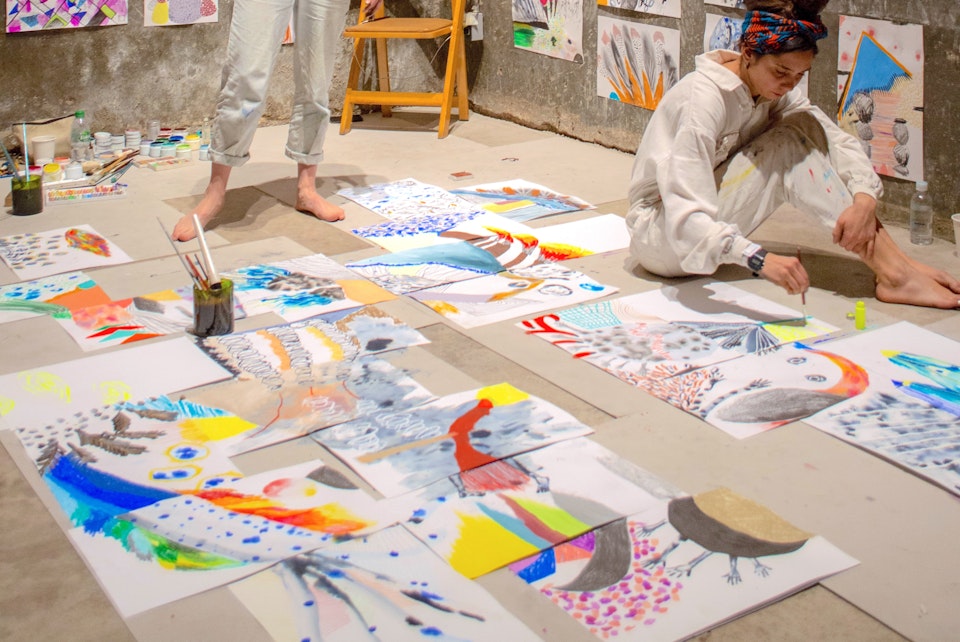October 10, 2019
What Exactly Is Art Therapy and Does It Work?
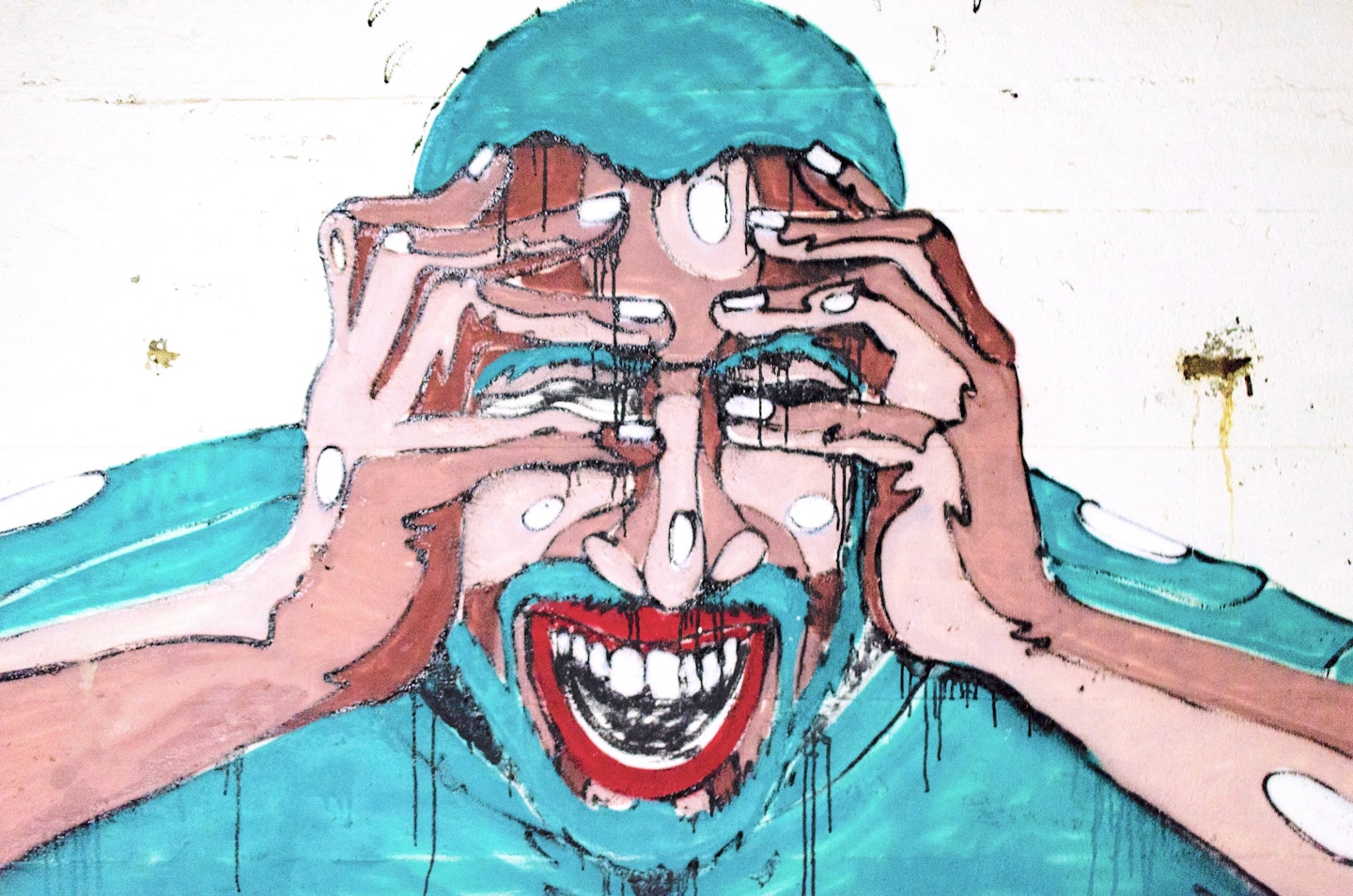
When the Pratt Institute started offering a graduate art therapy degree in 1970, it became one of the first in the world to create such a discipline, paving the way for many art therapists of the future. The university’s “Master of Professional Studies in Art Therapy and Creativity Development” is designed to help individuals and communities reach their full potential and helps students develop innovative solutions to clinical issues.
“Some people come to the university specifically for art therapy,” said Dina Schapiro, assistant chairperson of the Creative Arts Therapy program at Pratt. “Often, we will get applicants that have been in the art world; they want to do something more meaningful and to do art therapy when they’re working with clients so they can unlock their potential.”
Today, the phrase “art therapy” is often misunderstood: some people wonder if it is more “therapy,” than anything else; others mistake the phrase for being an “art class” ; and yet others see it as a blend of both.
The phrase “art therapy” was coined in 1942 by the British artist Adrian Hill, who was the first artist commissioned by the Imperial War Museum to record the conflict of WWI on the Western Front. He discovered the healthful benefits of painting and drawing while he was recovering from tuberculosis.
Adrian Hill - 1969 Charcoal Drawing, King Edward VII Hospital, Midhurst, Sussex — An example of Adrian Hill’s drawings from his hospital bed view – of the trees in the hospital grounds – and his annotations reveal the comfort that the views provided — while recovering from his own tuberculosis. Courtesy of Sulis Fine Art.
Often considered as the intersection between psychology and art, the discipline straddles many artistic domains--from dance to even nature walks. “You might find someone is connected more to dance,” said Schapiro. “Or music. These are expressive therapies.”
Demand for art therapists is on the rise, or about a four percent increase annually.
In 2018 alone, around 5,870 new jobs were created in this discipline. Part of the reason why art therapy continues to grow is because of the booming wellness market in general, currently worth over $4.2 trillion. While it is hard to precisely break down the value of art therapy as a segment of this market, it is fair to say that good art therapists are now more in demand than ever, with many issues (including food addictions, anger management and chronic pain) being addressed by this type of treatment.
Dance movement therapy and counseling program at Columbia College Chicago. Courtesy of Columbia College Chicago.
The discipline has been used for addressing mental health issues, healing the wounded soul (even for inmates), and even helping the homeless.
Many people paint in order to relieve some stress, and the actual act of creating a piece of art has been found to reduce anxiety, increase self-esteem and resolve other psychological conflicts. Creating mandalas, for instance, has been found to relieve pain and stress and help cancer patients (VAWAA offers a mandala making studio session in Portugal).
Making mandala art with Ines in Portugal.
VAWAA guests learning mandala weaving with Cloe in Spain, as an art therapy.
Not all therapy with coloring, painting, drawing and dance is done on a one-on-one basis. Group art therapy, for instance, has been around since the 1940s and the socialization alone often helps patients. “Art therapy helps mindfulness because it is about being as present as possible,” says Schapiro. “When you’re present, you are in your body and you’re not in your past, and all that matters is the now,” she added. “You’re creating in the now. The only time to create is now. Art therapy is an active process where you are appreciating all the elements that make this moment an experience.”
The American Art Therapy Association describes art therapy as an approach to mental health that utilizes the process of creating art to improve mental, physical, and emotional wellness. A study by Stine Nielsen published in 2017 showed that art contributed to creating an environment where patients felt safe. An earlier study published in 2015 showed that art therapy was helpful to those with mental health disorders. This type of therapy also has been found to release more dopamine in the brain, which can lead to generally make us feel happier and reduce stress levels. Therefore, art therapy can also help with depression and other cognitive disorders.
Art therapy as an approach to mental health that utilizes the process of creating art to improve mental, physical, and emotional wellness. Courtesy of Gianandrea Villa.
Working with a licensed therapist is important because a professional is able to tailor an activity to a person’s needs. Many faculty members of these types of degrees also have private practices of their own which help them maintain relevancy and currency. The creativity and medium can vary: some patients respond well to dance and movement; yet others to colors and painting. These types of therapies can help a lot with stress relief.
“Art is our litmus test of whether we’re okay or not okay,” says Schapiro. “The value of art is just as important as food and water.”
For more tips, stories, and new artist updates, subscribe here.
If you're looking to go on a creative adventure to learn from a master artist, privately in their studio, browse all artists here.
